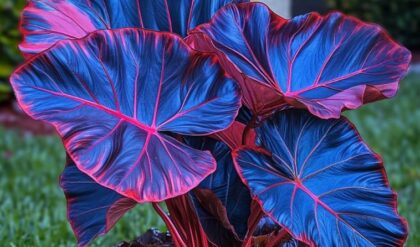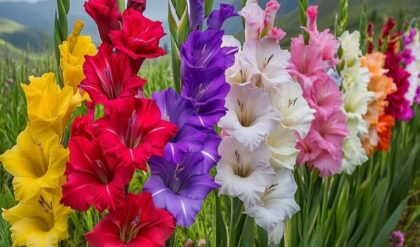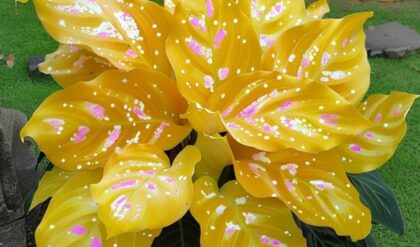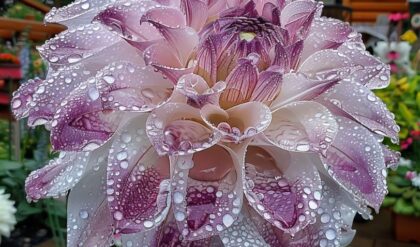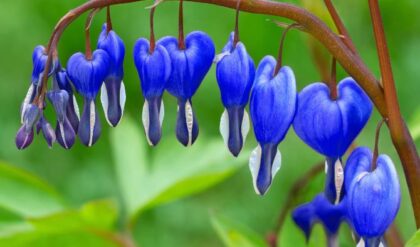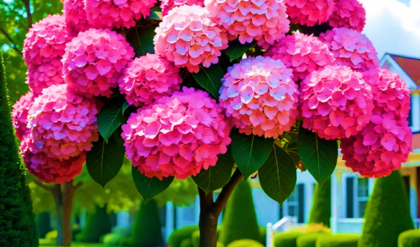The Black Bat Flower, scientifically known as Tacca chantrieri, is a strikingly unique plant that evokes intrigue and fascination among horticulturists and nature lovers alike. With its unusual appearance resembling the wings of a bat, this flower captures the imagination, drawing attention not just for its beauty but also for its intriguing growing habits and environmental requirements. Native to the tropical forests of Southeast Asia, the Black Bat Flower thrives in conditions that are as evocative as its name.
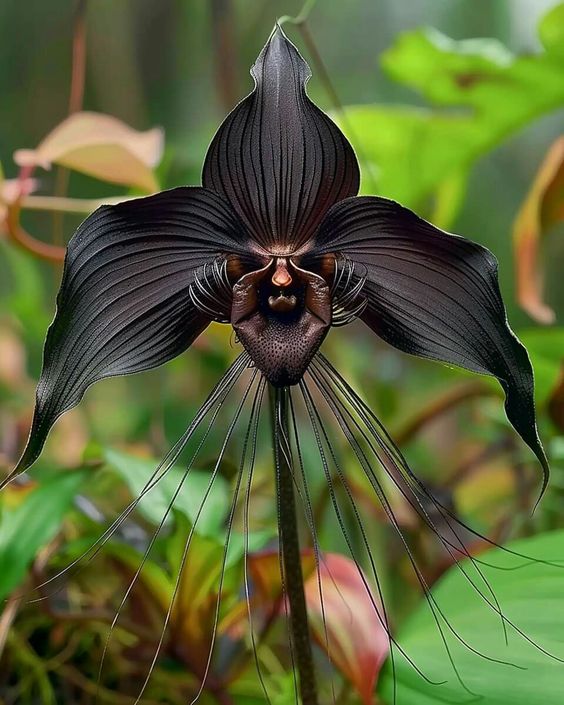
A Unique Appearance
The Allure of its Shape
The Black Bat Flower’s petals fan out dramatically, creating an image akin to a bat in mid-flight. This design serves not just an aesthetic purpose; it plays a vital role in attracting pollinators. Its deep black or dark purple hue coupled with elongated whisker-like appendages aids in luring certain species of moths, reinforcing the intricate relationships within ecosystems.
Interestingly, if we were to anthropomorphize the flower, it could be likened to a stealthy nocturnal creature—its shadowy coloration and distinctive shapes evoke a sense of mystery and allure. Just like how bats often serve as symbols of the night, the Black Bat Flower embodies the unseen worlds of nature, inviting observers to appreciate the complexities hidden in their gardens.
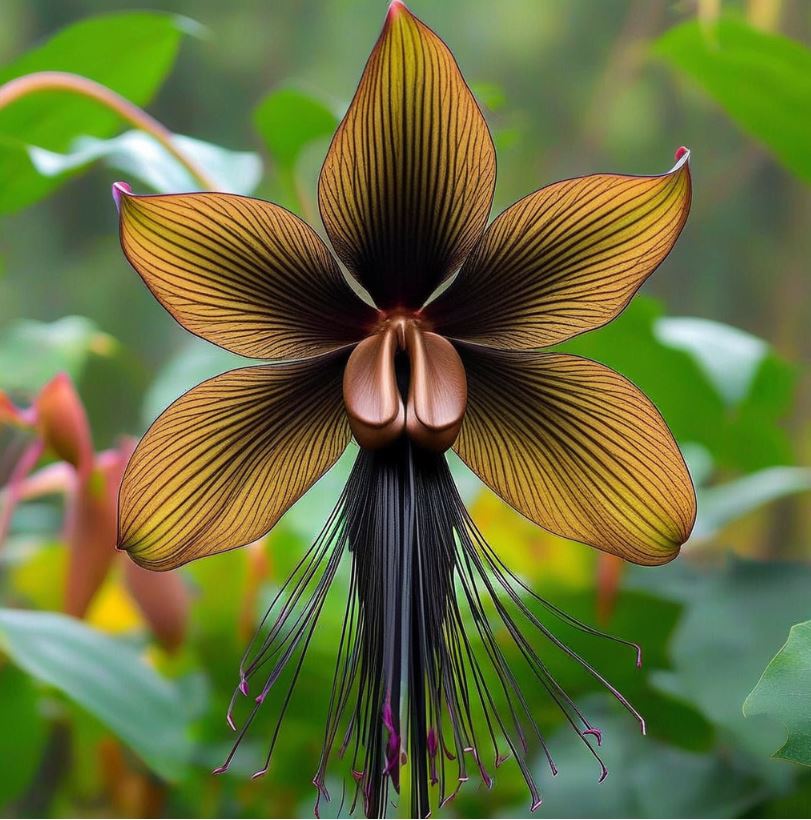
Cultivation Challenges
Gardeners’ Picky Partner
While its captivating aesthetics may tantalize potential growers, the Black Bat Flower is notoriously particular about its care requirements. It thrives best in humid environments and prefers part-shade locations. This demands a keen understanding and respect for the climatic preferences of plants, illustrating the broader theme of biodiversity—certain species have adapted to unique microhabitats, and forcing them into unsuitable conditions can lead to failure .
Furthermore, the necessity for consistent moisture complicates cultivation, making it a challenge for those in drier regions. Potential gardeners must approach cultivating the Black Bat Flower with not just ambition but also humility and attentiveness, recognizing that their efforts must align with the plant’s natural instincts.
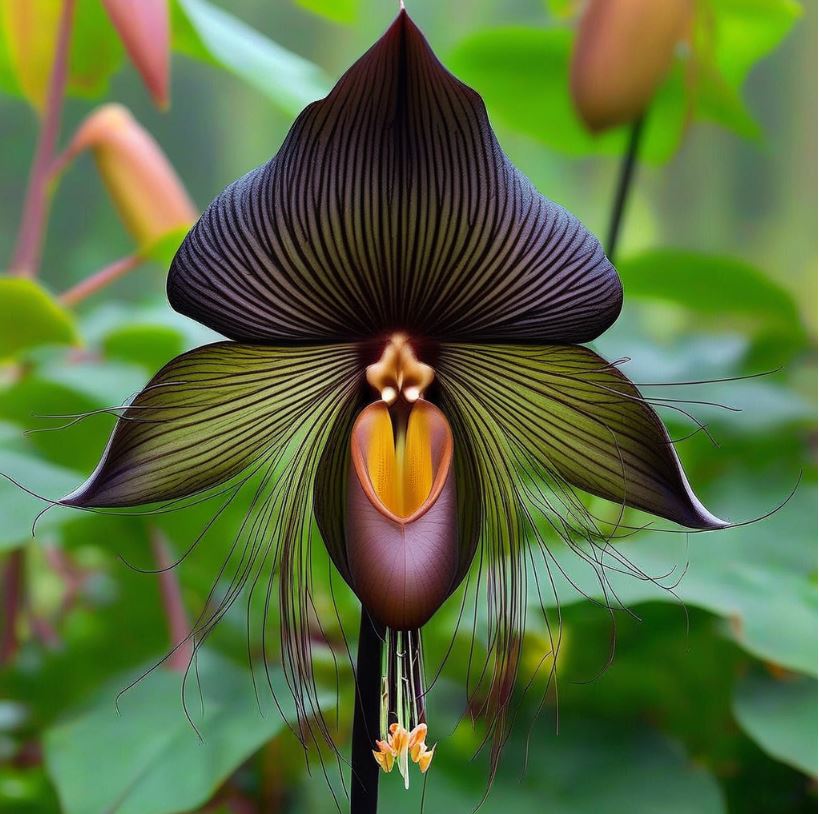
Ecological Significance
A Window into Tropical Ecology
The ecological implications of cultivating species like the Black Bat Flower extend beyond mere aesthetics. This flower acts as a reminder of the delicate balance within tropical ecosystems, where understory plants play a crucial role in sustaining local wildlife. By simulating its native habitat through careful cultivation practices, gardeners contribute to preserving these rare ecosystems in small ways.
For instance, consider a garden in a temperate climate. By introducing humidity-creating elements such as misting systems or grouping the Black Bat Flower with other moisture-loving plants, one might not only cultivate a thriving tropical corner but also help create an oasis for pollinators—thereby enhancing the ecological integrity of the area . Such measures ripple outward, weaving existing gardens into larger ecological narratives.
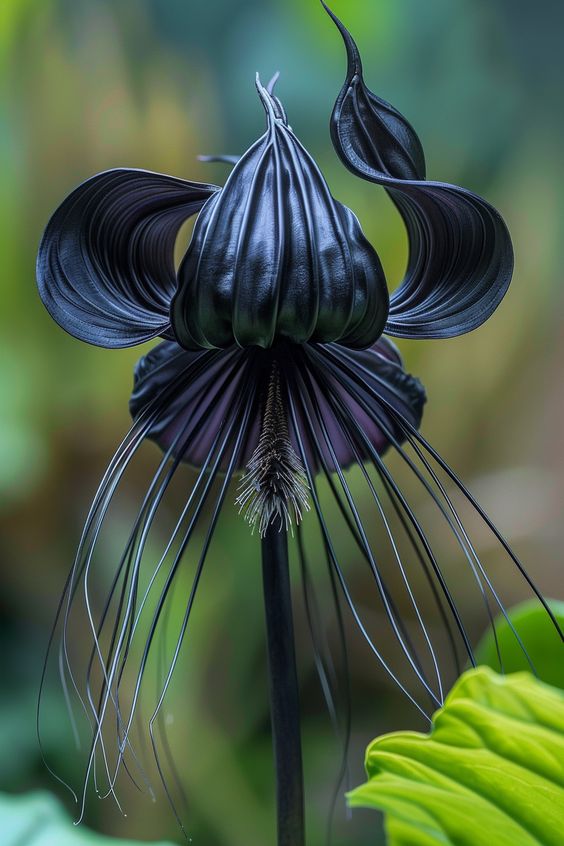
Cultural Perspectives
Beauty Beyond Borders
Culturally, the Black Bat Flower transcends borders. In various Southeast Asian traditions, plants are not merely ornamental but imbued with symbolic meanings. The exoticism of the Black Bat Flower finds itself entangled in folklore, where it may symbolize beauty that arises from darkness or transformation, similar to how bats are often misunderstood creatures, deeply interwoven with both myth and reality.
This intertwining of aesthetics with cultural context challenges gardeners to think beyond the visual appeal of their plants. Imagine a garden filled with flora that tells stories, holds memories, or fosters connections among diverse cultures. The Black Bat Flower, bearing tales from distant lands, compels us to explore our own narratives within nature’s vast library.
In engaging with the Black Bat Flower, one discovers it’s more than just a plant—it has the potential to inspire curiosity, foster ecological stewardship, and even bridge cultural divides, all while remaining a testament to the spectacular creativity of nature itself.
